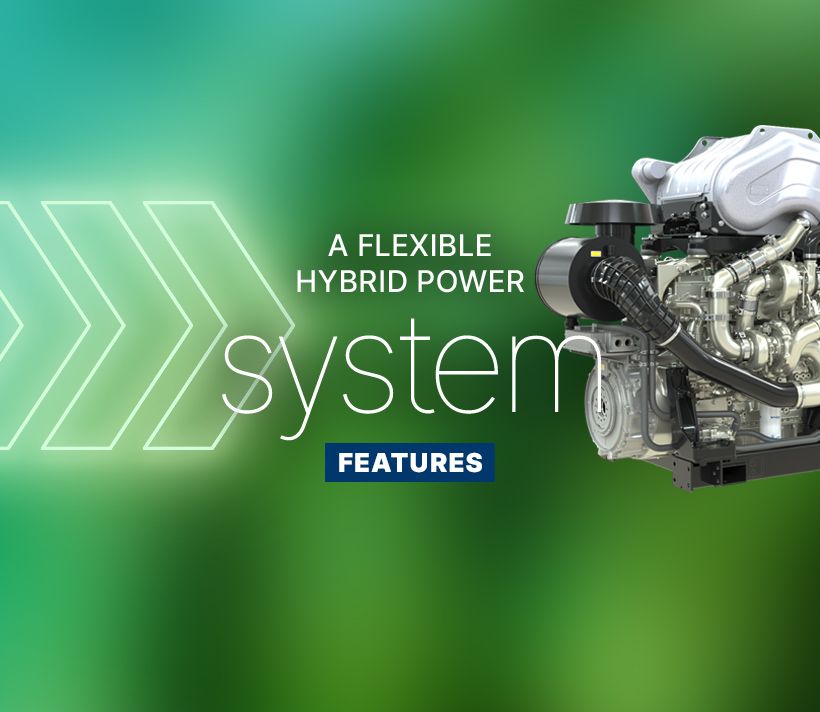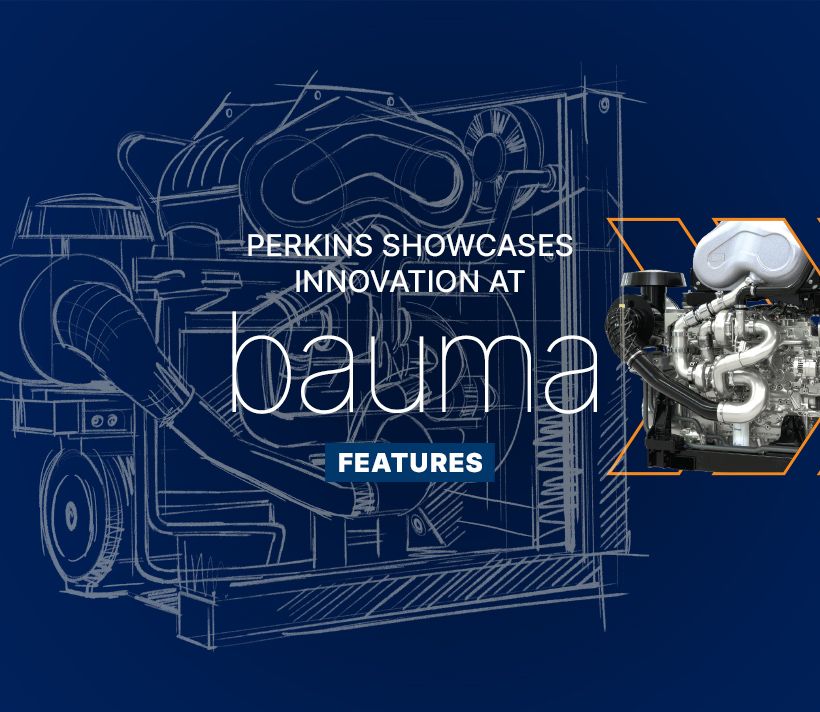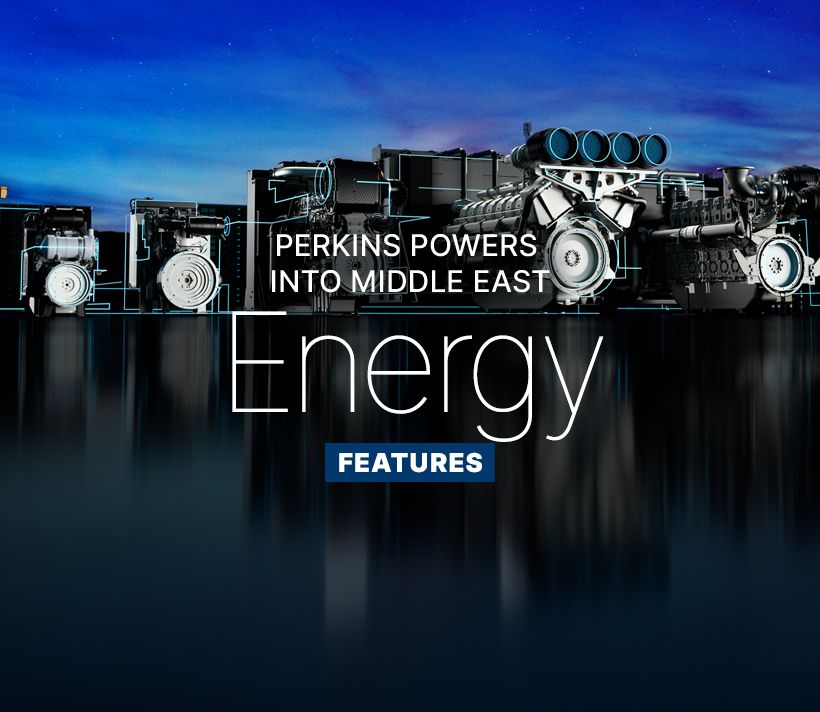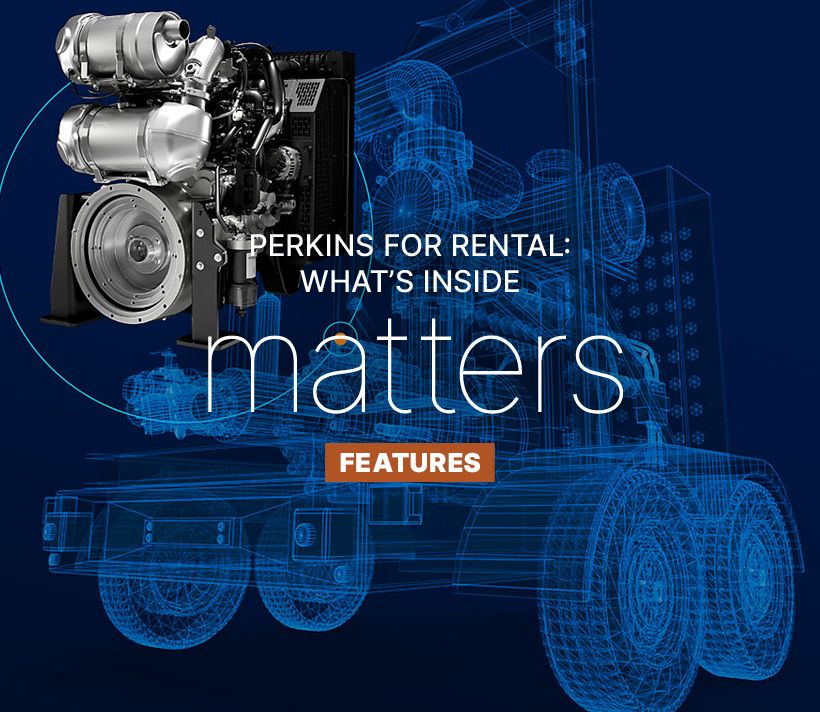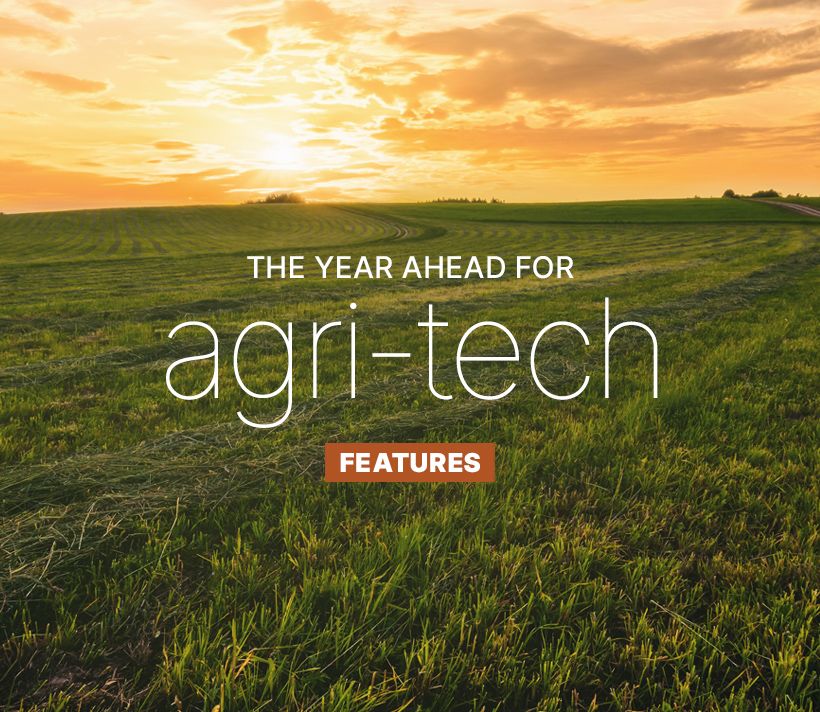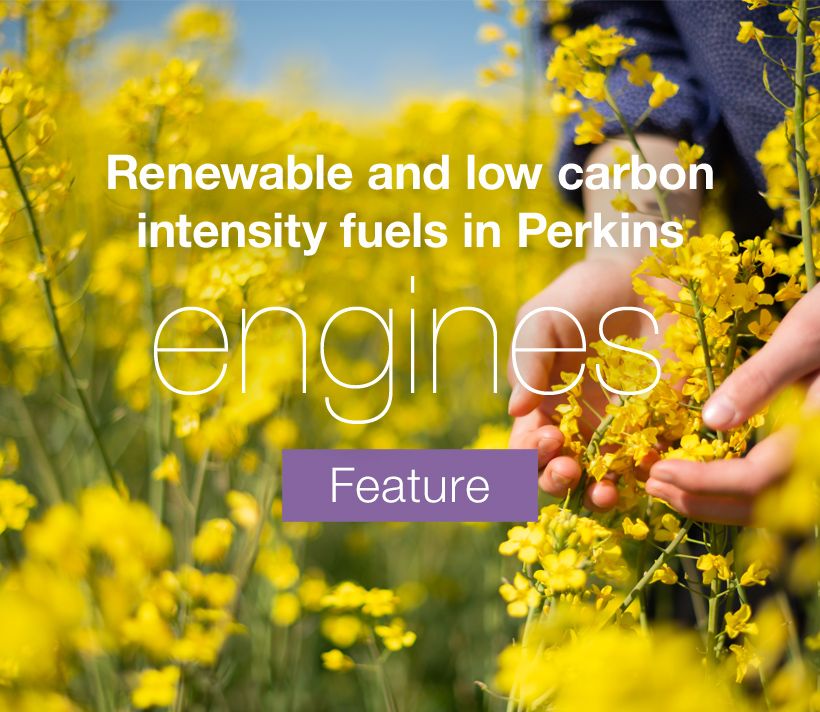While Perkins marks its 90th year of engine design and production in 2022, the concept of the farm tractor has a little more longevity: the very first tractor to use an internal combustion engine was built in 1892 by John Froelich, 40 years before Perkins was founded.
The history of invention is littered with so-called ‘doomed geniuses’ such as Mr Froelich. Despite success in proving his concept, he managed just two sales of his early tractors. However, it was his intellectual property, in the form of the Waterloo Gasoline Traction Engine Company, that was eventually purchased by an Illinois company then known for its small farm tools and a self-scouring plough: Deere and Company.
Those early tractors were all powered by petrol, paraffin or ‘tractor vaporising oil’, until diesel’s advantages pushed out all other fuel contenders. In fact, it was Caterpillar – now Perkins’ parent company – that introduced one of the first diesel tractors, the Diesel 60, in 1931, marking the beginning of farming’s love affair with diesel power.
Fast-forward to today, where the modern diesel engine is truly a work of engineering and electronic precision, reflecting advances in combustion technology, fuel efficiency, emissions control, and noise reduction. Regulatory standards have produced U.S. EPA Tier 4 Final and EU Stage V compliant engines, in addition to other local standards around the world. Diesel engines are now more fuel efficient, powerful, cleaner, and quieter than ever before. But still, we have work to do to reduce emissions further.
As one of the world’s leading producers of diesel engines, Perkins takes its responsibilities seriously. Each of the 22 million engines built by the company during its 90 years – legendary designs such as the P3, the 4.236 and today’s 904 Series – has been instrumental in expanding and deepening our understanding.
For many years we’ve considered different ways in which our engines1 can be fuelled with renewable, low carbon intensity fuels such as hydrotreated vegetable oil (HVO). It’s a biofuel, created by cracking or hydrogenating various forms of vegetable oil.
According to Green Biofuels Limited, a leading supplier of HVO in the UK, there are around 6,000 Perkins engines running on HVO in the UK. Magnus Hammick, CEO of Green Biofuels Limited, explained: “The internal combustion engine (ICE) plays a crucial role in agriculture, It’s still the most cost effective and efficient option on the market today to power agricultural equipment.
“While new technologies are being developed to lower emissions in agriculture, there are currently no widely available solutions that are viable real-world replacements for the ICE. Being able to utilise existing technologies and still decarbonise is a significant step on the journey to net zero.”
Magnus continued: “One of the most effective ways to decarbonise is to use Gd+HVO – as it can make an immediate difference without any Capex expenditure on engine modifications or replacements. Simply replace regular diesel with HVO in your existing tank and not only will C02e be reduced by up to 90 percent, but local air quality will also be improved through reductions in NOx, and TPM (total particulate matter).”
He added: “The ability to fill up on HVO from a bowser in any remote location makes it the most convenient and cost-effective way to make a huge difference today. HVO can easily be adopted to power most of the machinery used in agriculture, including compact loaders and tractors. It’s not a question of how, but when the difference is made.”
Another emerging trend that’s worth noting is how we think about using an engine’s power output. I’m talking about the growing adoption of tractor implement management, known as TIM. The standards, which were approved and adopted in 2020, take the Isobus protocol to a new level, offering a much more comprehensive interaction between tractor and implement.
While Isobus standards have long provided for automated speed control and spool valve functions, TIM introduces communication between the implement and the tractor’s heart – its engine. Capabilities include switching the PTO on or off, transmission stop/start, ground and engine speed and gear selection. Besides the increase in productivity and improvement in operator comfort, TIM has the potential to significantly affect engine life and performance. By using sensors to control engine load and speed, and even remapping the power curve for different implements and applications, TIM can optimise the periods an engine spends under full load. Applied correctly, such a system can improve fuel burn so reducing the emissions footprint, reduce engine wear and allows for extended service intervals promoting a lower total cost of ownership.
Thanks to the close relationship we enjoy with our OEMs, especially in agriculture, Perkins can always be ‘in the picture’ when it comes to current trends, not only being aware of them but in many cases helping to drive them too.
As to what we think will form the basis for future trends? Watch this space…
1Contact your Perkins distributor or reference your engine’s Operation and Maintenance manual to confirm the fuel compatibility and specification requirements for your particular engine.
Why stick to one fuel, when you can have a configurable power system?
Read moreMore than just a curiosity, they offer us different routes to future food security.
Read morePerkins marine engines has an illustrious history. Meet the team behind the brand.
Read morePower systems, services and technologies engineered for efficiency, productivity and fuel flexibility will be on show.
Read moreDelivering dependable prime and standby solutions with the 13 litre 2606 and a 46 litre 5012.
Read morePerkins has announced a power uplift to the popular 3.6 litre variant.
Read moreWe chat to Corey Berry following the successful showings at American Rental Association (ARA) and United Rentals exhibitions.
Read moreWe headed to Malaga, Spain, to learn more and see the machine in action.
Read moreWhat might the coming months hold? Powernews does some opinion legwork, so you don’t have to.
Read moreThe Perkins marine distributor network is there to service customers of Perkins anywhere in the world.
Read morePerkins rental industry commitment continues to grow.
Read moreSupporting the STEM development of future generations.
Learn MoreRenewable and low carbon intensity fuels in Perkins engines.
Read more